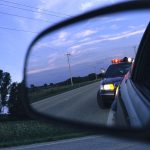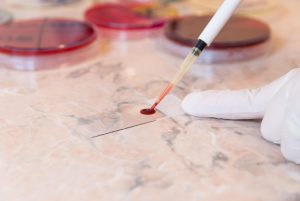
Headed out on vacation? Beware of heart attack: It’s the leading cause of natural death among travelers. If you have heart attack symptoms on the road, getting immediate medical care can improve your odds of long-term survival, according to a study presented Saturday at a meeting of the European Society of Cardiology, in Malaga, Spain. “If you are traveling and experience heart attack symptoms — such as pain in the chest, throat, neck, back, stomach or shoulders — that lasts for more than 15 minutes, call an ambulance without delay,” study author Dr. Ryota Nishio said in a society news release. “Our study shows that long-term outcomes after a heart attack while traveling can be good if you get prompt treatment,” added Nishio, who works in the cardiology department at Juntendo University Shizuoka Hospital in Izunokuni, Japan. For the study, the researchers examined data on more than 2,500 patients who had a heart attack and rapid treatment with a stent (percutaneous coronary intervention, PCI) between 1999 and 2015 at the hospital. It’s located on the Izu Peninsula, a popular tourist destination near Mount Fuji, and a regional center for PCI. Patients who were traveling tended to be younger than other patients, and had a higher prevalence of heart attacks due to a blockage in a major artery to the heart, the investigators found. The researchers… read on >


































